
5 Steps to Avoid Shoulder, Neck Pain at Work
10/1/2025

Shoulder and neck pain are on the rise, largely due to the increasing number of professions based at a desk and using a computer. An estimated 26 percent of adults experience shoulder pain or tightness.
As one of the body’s more complicated joints, tightness in the shoulder muscles can lead to chronic shoulder and neck pain, headaches, a reduction in range of motion, and limitations to daily activities such as dressing or reaching overhead. Shoulder tightness also makes you more vulnerable to injury.
There is actually a condition that has been described as Mouse Shoulder which has developed as a result of extended time on computers. With the arm extended forward, the small focused movements of the mouse leads to fatigue, causing larger shoulder muscles to compensate and then tighten. Symptoms present as pain on one side of the neck, spreading to the shoulder.
When working at the computer, it’s important to ensure a proper workspace and practice regular shoulder health to avoid pain and injury. The experts at Crystal Clinic Orthopaedic Center recommend these 5 steps:
- Maintain Proper Posture and Body Position – After an extended time working, it is common to find ourselves huddled over our computers with heads leaning forward and shoulders rounded. This causes shoulders to tighten and, over time, become painful. Remind yourself throughout the day to maintain proper posture, with shoulders straight and relaxed and feet planted firmly on the ground.
- Ensure a Proper Workspace – Your desk should be level with your elbows, and elbows should be adequately supported to prevent Mouse Shoulder. Wrists and hands should be in line with your forearms. The computer monitor should sit just below eye level.
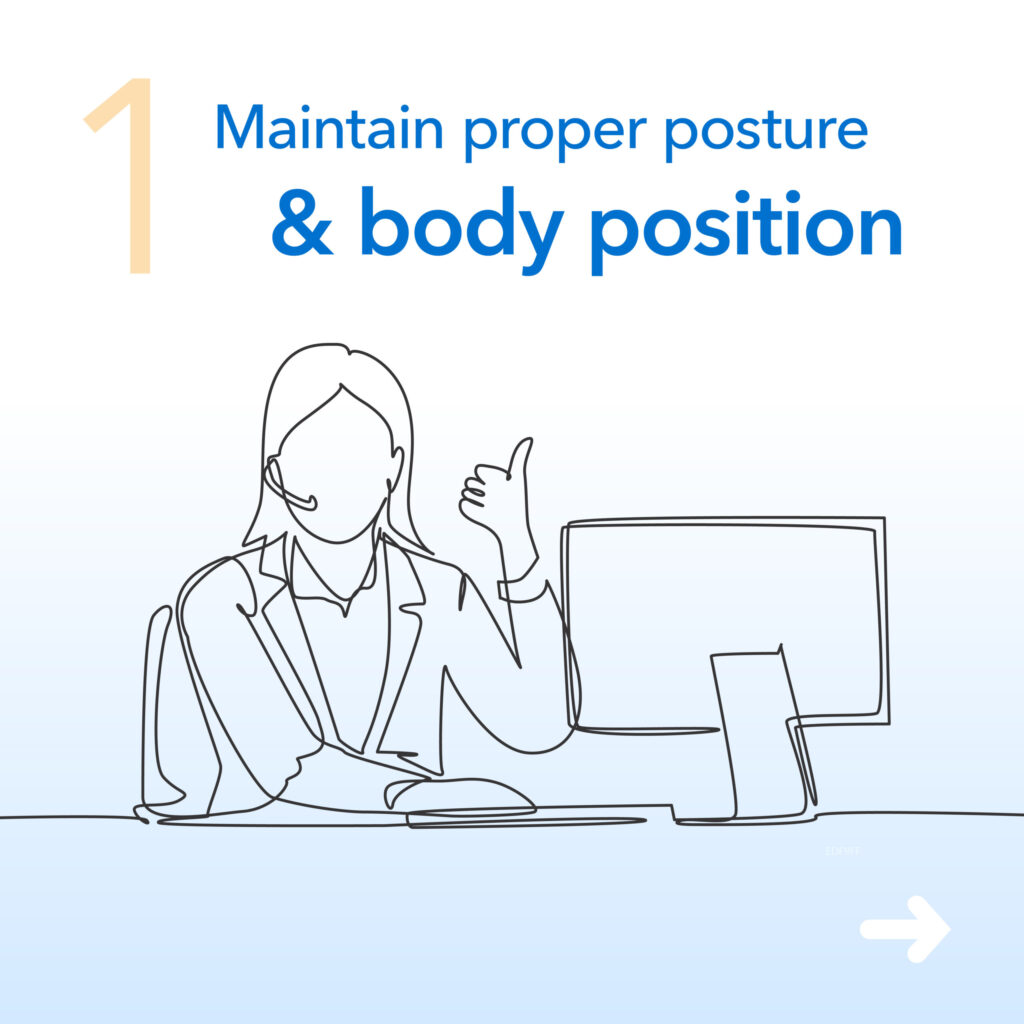
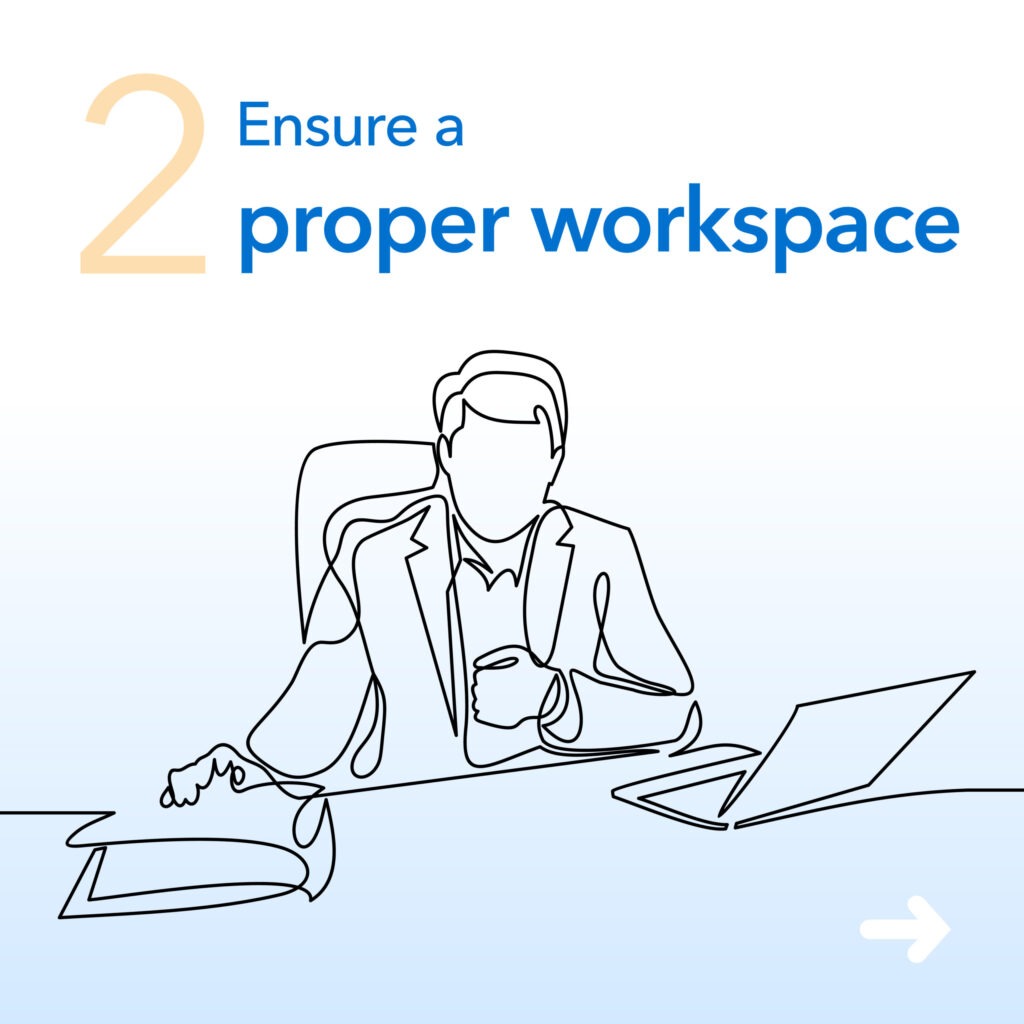
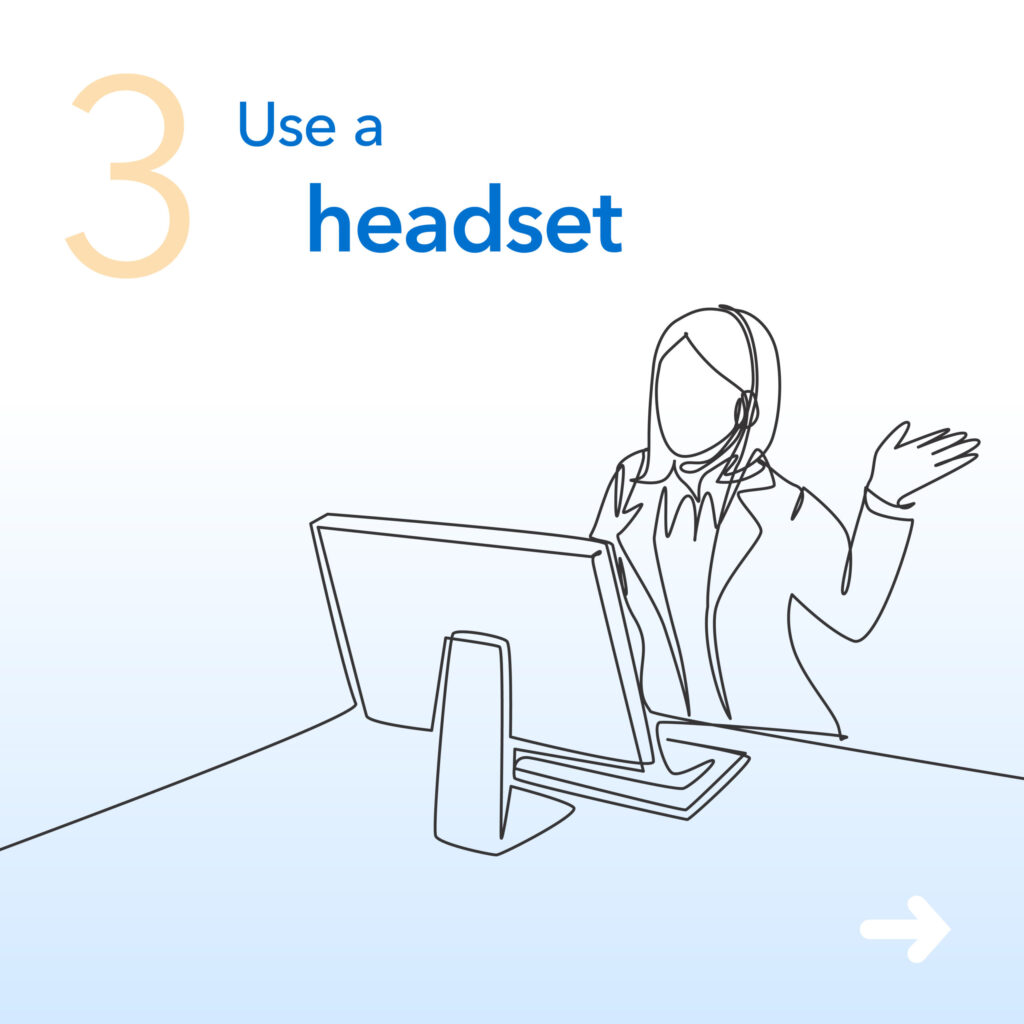
- Use a Headset – Headsets are effective to avoid cradling the phone between the ear and shoulder. They also free up our hands and allow the head, neck and shoulders to move freely. Studies show that the use of headsets can reduce muscle tension by up to 41 percent.
- Take Breaks – Regular breaks throughout the day to walk or stand relieve the stress on the shoulder muscles and enable them to relax.
- Stretch Daily – Stretching is one of the best ways to keep shoulders healthy and prevent injury. It fixes the shortening or tension that occurs while sitting at the computer, keeping the muscles long and flexible. A quick internet search will provide you with 3 or 4 simple shoulder stretches to help ward off pain and prevent injury.
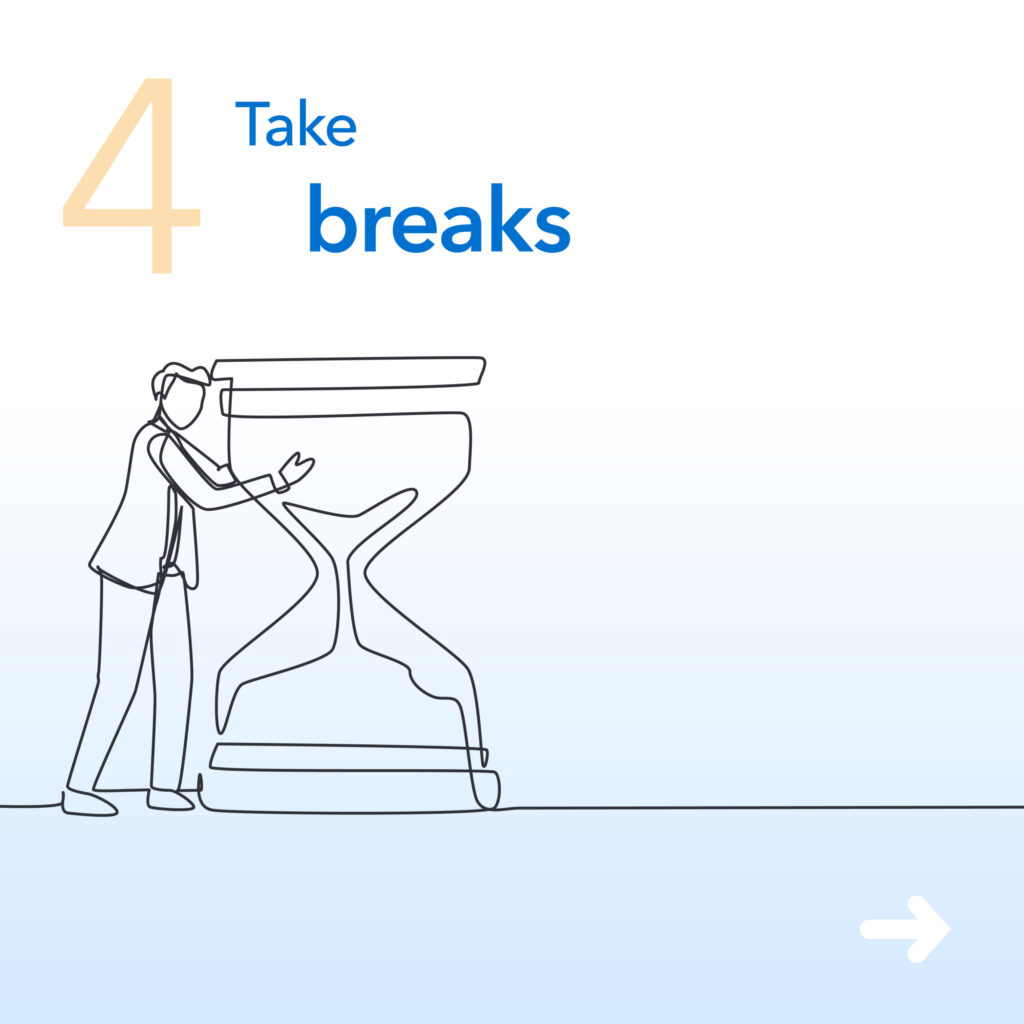
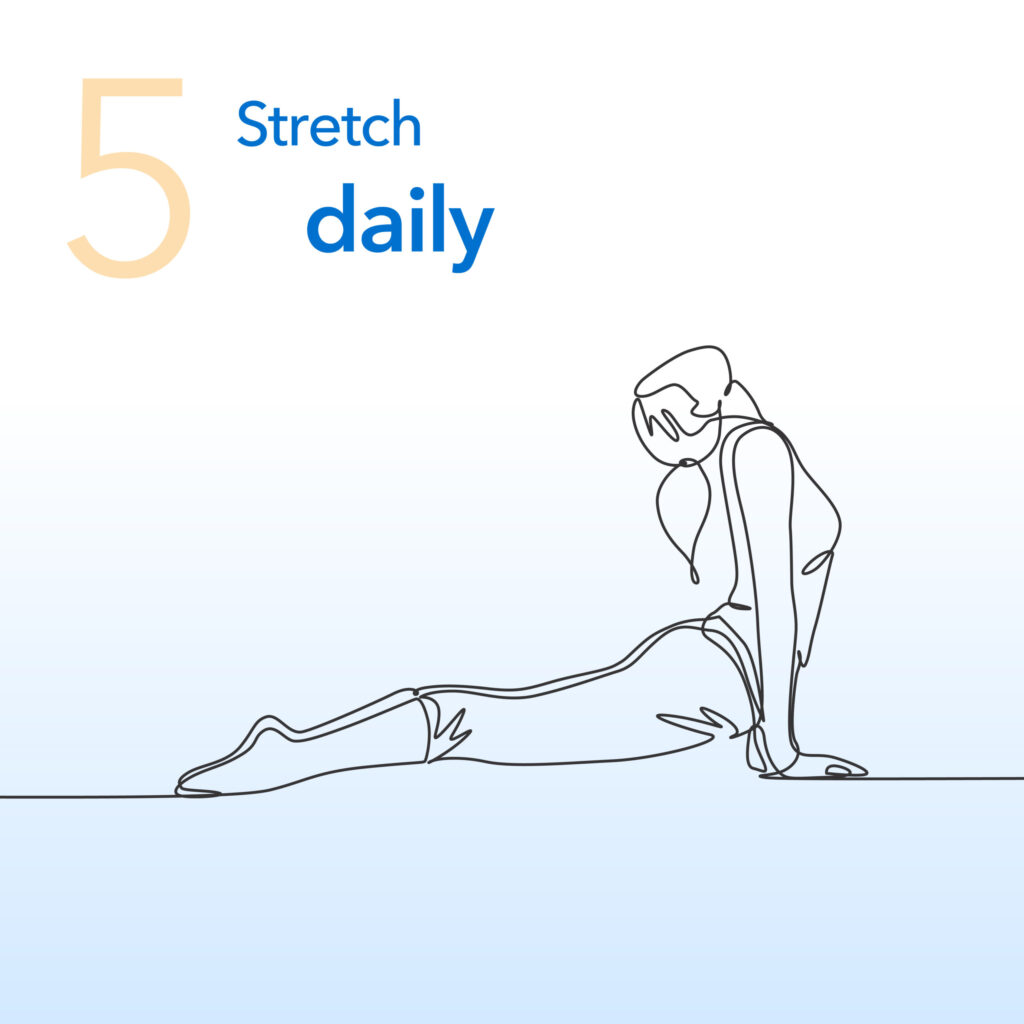
Following these healthy practices should help most people avoid chronic shoulder pain or discomfort caused by long hours at the computer. However, if your pain worsens, becomes severe or is stabbing, you should consult your physician immediately.
